Dyson 360 Vis Nav: ‘Most powerful’ robot vacuum unveiled
The British tech giant has spent decades perfecting this highly sought after gadget – and finally, Australians are able to get their hands on it.
Interiors
Don't miss out on the headlines from Interiors. Followed categories will be added to My News.
Dyson has unveiled its “most powerful” robot vacuum – and the good news is, it’s coming to Australia.
The British tech giant is the undisputed leader when it comes to vacuums, but has a complicated history with creating robotic versions.
Dyson founder Sir James Dyson famously pulled its first ever robo vac, the DC06, from the production line back in 2001 over fears it was still “too heavy and slow”.
It was another 13 years before the brand released the Dyson 360 Eye, with the follow-up model, the Dyson 360 Heurist, hitting shelves three years later in 2019.
But despite huge demand for robot vacs from Aussies, these products never made it to our shores, potentially due to a number of performance gripes reported by international customers.
In fact, the £799.99 (about $A1500) 360 Heurist a China only release, an unusual move for a global brand of Dyson’s scale.
It took several years before it was available to purchase in the UK, Canada and mainland Europe – but never made it to Australia or the US.

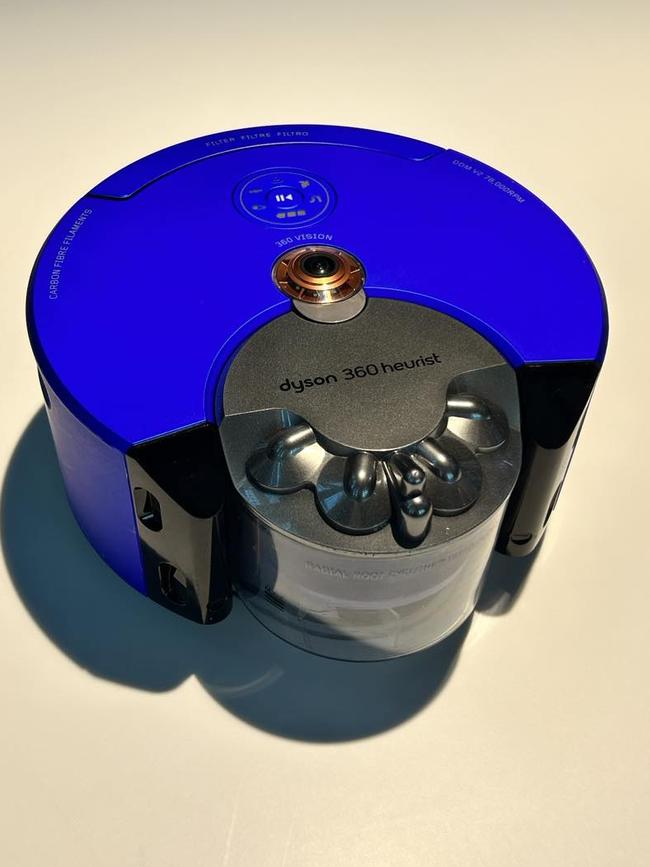
However, Dyson’s latest release is a robot vacuum it wants to show off to the world – the Dyson 360 Vis Nav.
The tech giant said it hopes the Vis Nav, which has six times the suction of any other on the market, will be taken seriously and shatter the “novelty” factor of owning an automatic floor cleaner.
“We know there are many frustrations with current robot vacuum cleaners, but a robot vacuum cleaner should not be a novelty,” chief engineer, Jake Dyson, said.
“Some have low suction power, or inefficient navigation systems which means that they often get stuck and don’t do a proper job of vacuuming.
“But Dyson engineers have focused on developing machines that overcome these challenges and which increasingly anticipate our needs, understand its environment and operate autonomously.”
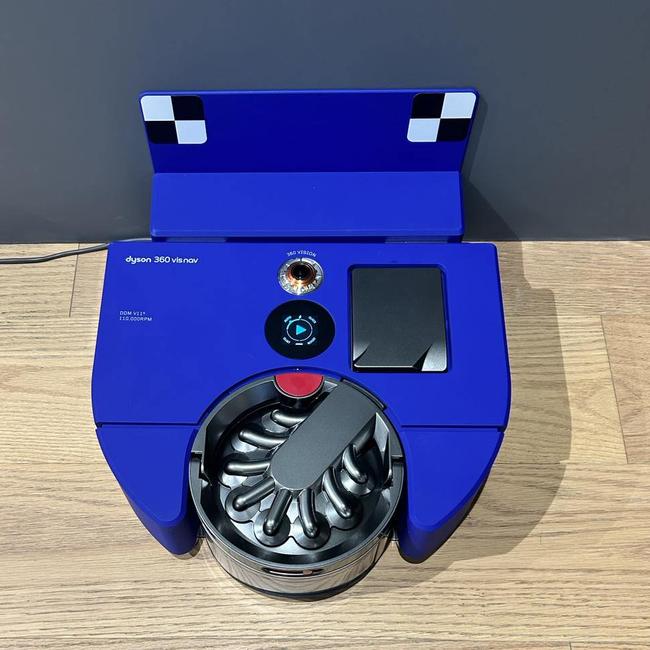
So don’t be fooled. The $2399 Vis Nav might be small, but it is still a Dyson vac, and it comes complete with a string of credentials to prove it.
James Carswell, senior design manager in the Dyson robotics team, said Sir James Dyson challenged them to “truly create the best robot vacuum cleaner” on the market.
It took five years, and more than 750 engineers, but Mr Carswell said the Vis Nav has fixed two major “frustrations” on its earlier generations.
“[Dyson’s] previous robots were mostly round. They did have a full width brush bar that was trying to get into the corners but it wasn’t doing it properly, so we’ve redesigned this making it a D-shape, so it’s square at the front and gets the job done,” he said.
“Our previous robot was also a lot higher, so it wasn’t getting underneath low furniture as much as we wanted to.
“So we compressed it down and made it as small as we can. Obviously that means it’s a bit wider, but the key thing was that it still gets between chair legs, and it does.”
Of course, Dyson has improved the brush too, attaching its new “triple-action” head, the brand’s first to combine three ways to deep clean with powerful suction.
These are: Soft ‘Fluffy’ nylon for large debris pick up on hard floors; antistatic carbon fibre filaments for fine dust pick-up on hard floors; and stiff nylon bristles to dig into carpets.
The Vis Nav also cleans right to the edges with an extending side brush, essentially a little arm that pops out at the side, funnelling in debris and dust ordinarily missed.
This is activated by wall-follow sensors which tell the device when to deploy the actuator (read: fancy tech name for arm).
“Our true point of difference is our pick-up performance,” Mr Carswell said.
“From the testing we’ve done with our competitors, they just don’t pick up dust well enough and that is the fundamental point of having a vacuum.”
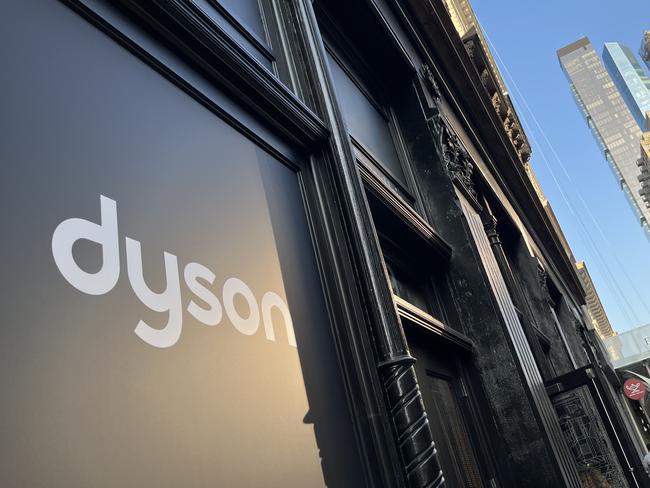
It’s fair to say Dyson is on a mission to improve air quality, with its air-purifying technology already being built into a number of products, most notably the Dyson Zone which are noise-cancelling headphones that clean the air as you walk.
The UK-born brand is spending millions to study pollution levels and its effects globally in a bid to create solutions.
So it’s no surprise the Vis Nav, which is propelled by the brand’s famous Hyperdymium motor, also contains the Dyson’s HEPA filtration system that traps dust and seals in 99.99 per cent of particles.
The filter, which was originally designed for the brand’s air purifiers but now features in newer models of vacuums, traps as microscopically small as 0.1 microns – the size of invisible pet dander.
If you’re wondering how the robot moves around your home without bashing into everything, the answer lies in a small 360-degree camera located on the top of the device.
Dyson has enhanced its existing camera navigation, which uses an in-built artificial intelligence (AI) system and Intelligent Simultaneous Localisation and Mapping (SLAM) technology, that enables the vacuum to know where it has been and recognise where it needs to clean.
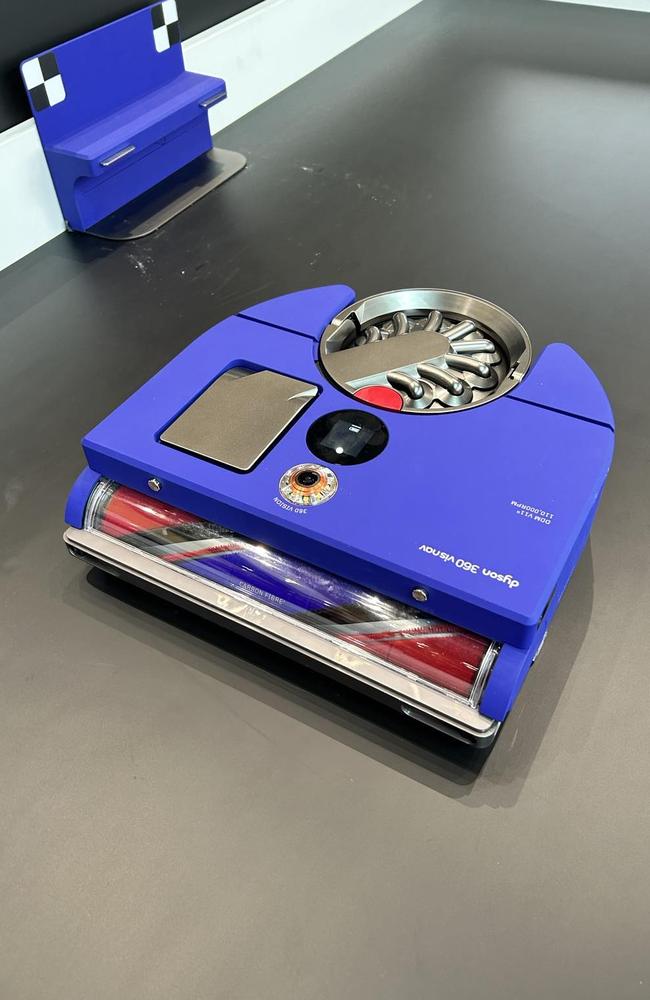
It’s pretty impressive to witness, which news.com.au was lucky enough to do at Dyson’s global headquarters in Singapore recently.
We watched as it cleaned up large pieces of debris with ease and squeezed into corners for a tight clean thanks to its unique D-shape.
It was also surprisingly quiet as it bumbled around, though when it ramps up as it crosses dirt on the floors, it’s definitely noticeable – but nothing too offensive.
For those who like to control their robots (fair), you can use the MyDyson app to create and customise zones in your home; schedule cleans; set rules and routines; and control via voice control.
It also provides “deep cleaning reports” and will let you know where there are “dust hot spots in your home” – which could prove as enlightening as it is embarrassing.
As the robot is connected to your home Wi-Fi, it will receive automatic software updates, though Dyson has stressed your data is safe.
“The images from the camera will stay on the robot,” Mr Carswell told news.com.au.
“The hardware inside is physically separated from any hardware that is connected to the internet.
“It’s all about privacy, the images stay on there and are encrypted. They can’t be seen.”
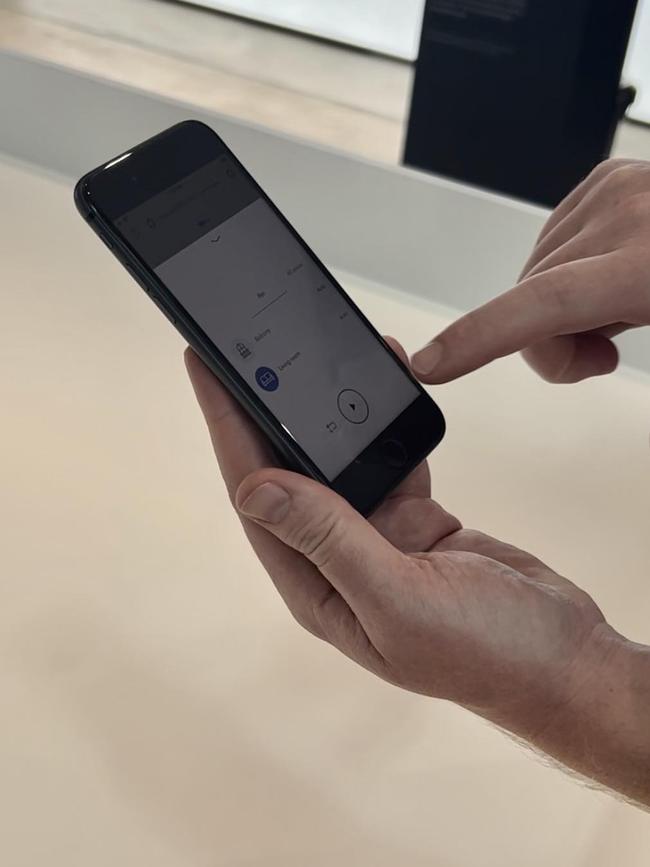
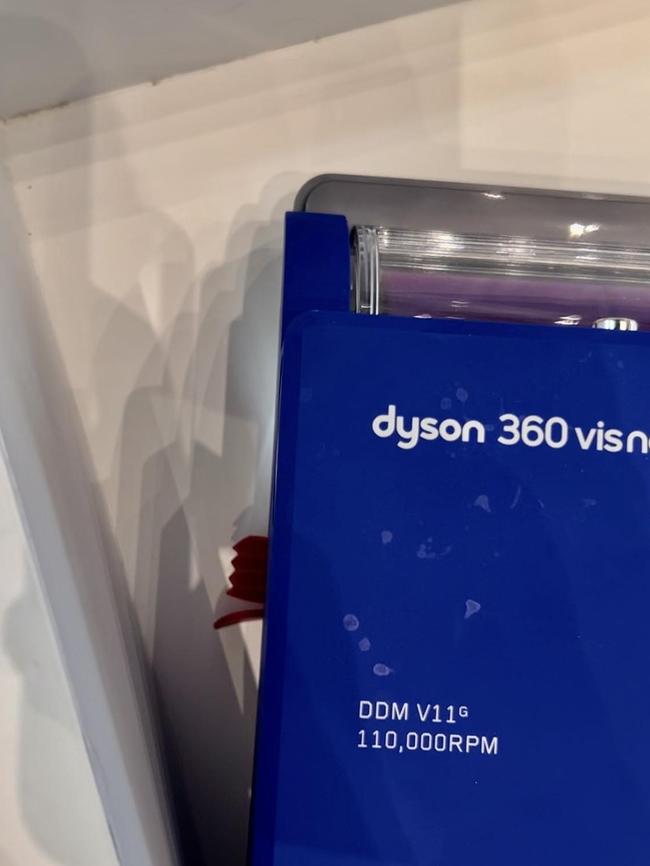
The Dyson 360 Vis Nav also has four cleaning modes which you can choose to suit your needs.
Its “auto mode” will analyse dust levels and automatically optimise suction power while the robot is in use, while “quick mode” will top up cleaning for open areas.
There’s also a “quiet mode” which keeps the noise down, perfect if using while you’re asleep and preserving the battery – as well as “boost mode” for maximum suction and a deeper clean.
“It’s easily our most complicated product we’ve ever made, second only to our EV,” Mr Carswell said.
The Dyson 360 Vis Nav – which goes on sale in Australia on May 25 – is one of three new home cleaning products Dyson has announced this month, including the Dyson Purifier Big+Quiet, a larger and quieter version of its cult purifier.
The brand’s first wet-to-dry vacuum, the Dyson Submarine, has also been announced which features a wet roller head that attaches to the V15s Detect cordless vacuum.
The writer travelled to Singapore as a guest of Dyson.
Originally published as Dyson 360 Vis Nav: ‘Most powerful’ robot vacuum unveiled





